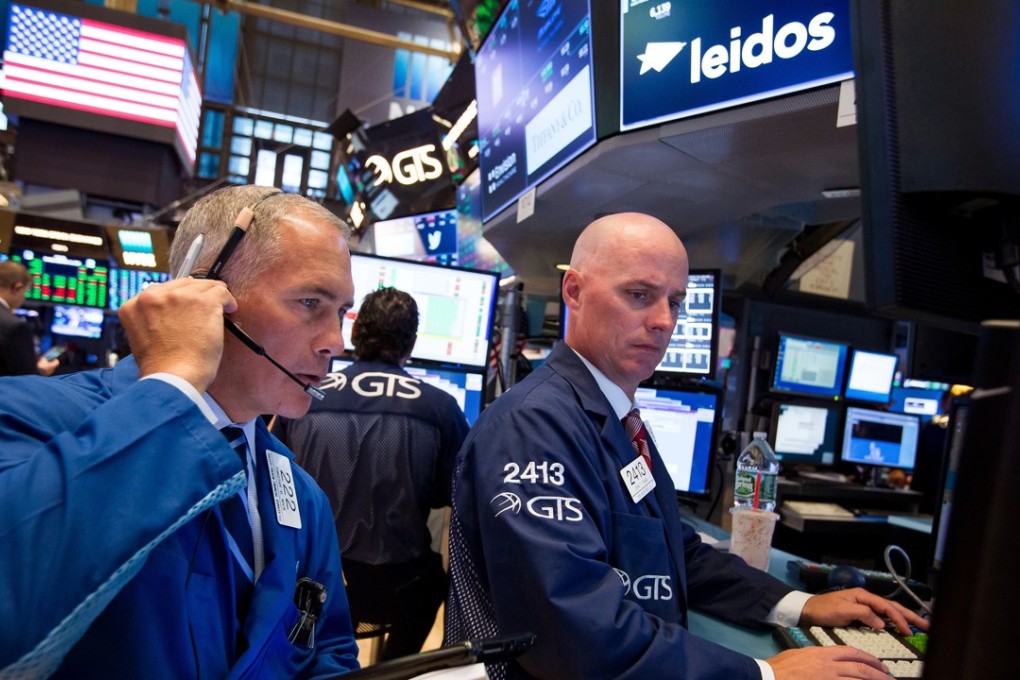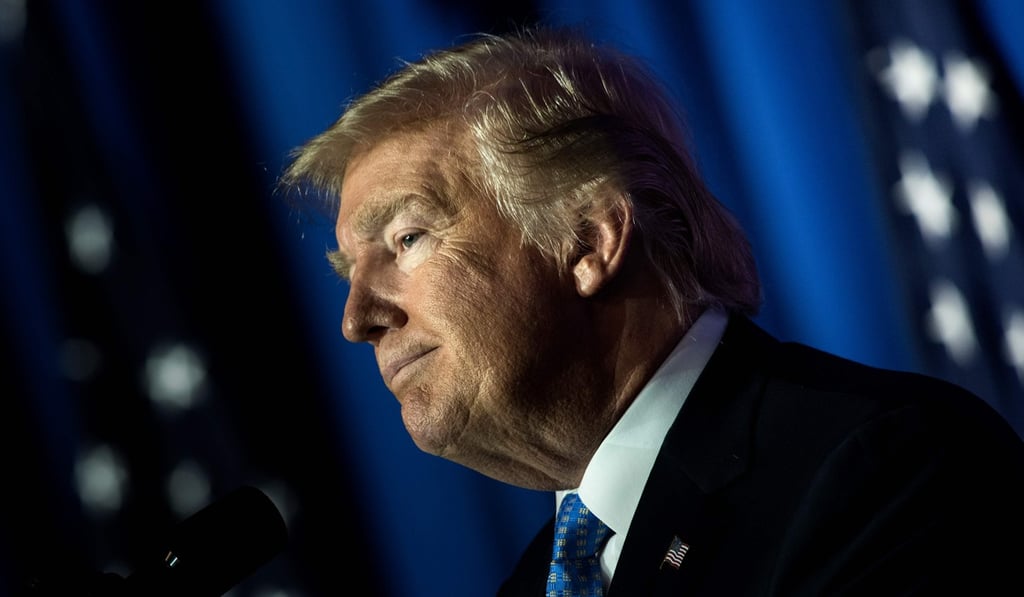The View | Talk of return of the ‘Trump trade’ is seriously misplaced
The sudden rise in the dollar index and Treasury yields stems just as much, if not more, from the more hawkish stance of the Federal Reserve

Last Thursday, the benchmark American S&P 500 stock market index enjoyed a sixth consecutive record close for the first time since June 1997 while the Vix index, Wall Street’s so-called fear gauge which measures the anticipated volatility in the S&P 500, fell to an all-time low of 9.1 points.
The same day, President Donald Trump, whose administration is mired in scandal and which has suffered a string of high-profile legislative failures, fired off one of his customary self-congratulatory tweets in which he boasted: “Stock market hits an all-time high! Unemployment lowest in 16 years! Business and manufacturing enthusiasm at highest level in decades!”
It is not surprising that Trump is eager to take credit for the renewed rise in the S&P 500 – the index has risen more than 5 per cent since mid-August – given the extent to which confidence in his pro-growth policies of tax cuts and infrastructure spending, which fuelled the “Trump trade” in the months following his election victory, has plummeted.

Yet since the start of September, there has been increasing talk that the Trump trade is making a comeback.
While the details of Trump’s tax proposal are sketchy and it remains to be seen whether his Republican party unite behind the plan, investors have taken note
The dollar index and the 10-year Treasury yield have risen 2.5 per cent and 35 basis points respectively to their highest levels since mid-July. Just as tellingly, emerging market assets, which have benefited significantly from the fizzling out of the reflation trade, have come under renewed strain. According to JPMorgan, in the week ending October 4, emerging-market local currency bond funds – which are highly sensitive to movements in the dollar – suffered their largest outflows this year.
